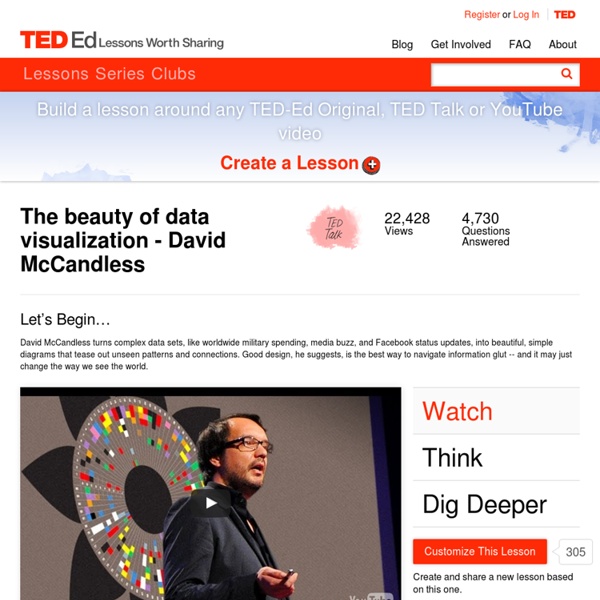



Blog Wired has a fascinating article out about a newly-released and free facial recognition tool that, coupled with existing video monitoring, claims to keep schools safer. From the article by Issie Lapowski: “RealNetworks has developed a facial recognition tool that it hopes will help schools more accurately monitor who gets past their front doors. Today, the company launched a website where school administrators can download the tool, called SAFR, for free and integrate it with their own camera systems … [F]acial recognition technology often misidentifies black people and women at higher rates than white men. “The use of facial recognition in schools creates an unprecedented level of surveillance and scrutiny,” says John Cusick, a fellow at the Legal Defense Fund. Glaser … is all too aware of the risks of facial recognition technology being used improperly. “I personally agree you can overdo school surveillance. The question is whether it will do any good. Read the full article here.
untitled Martin Seligman on positive psychology Seligman believes that there are three different types of happy lives: the pleasant life, the engaged life, and the meaningful life. Create an infographic explaining the three lives. The infographic should include a spokesperson who seems to represent each type of life; this could be someone you know, celebrity, a historical figure, or a character from TV, movies, or literature. Try what Seligman calls the “Gratitude Visit” [16:53]. Keep a written journal or a video diary to record your feelings before and after the exercise. Want to be happy? We all want to be happy.
City Digits Project Research, create, and present school projects online - Biteslide Kevin Slavin: How algorithms shape our world Slavin worries about our reliance on algorithms: “We’re writing these things that we can no longer read. And we’ve rendered something illegible, and we’ve lost the sense of what’s actually happening in this world that we’ve made.” What’s more, Slavin believes we may not even realize it, as the algorithms “acquire the sensibility of truth because they repeat over and over again, and they ossify and calcify, and they become real.” Imagine Slavin’s examples taken two or three steps further, and create a short story set in a world that is completely dominated by computer algorithms. MoveOn’s former executive director and online activist Eli Pariser took the TED stage in 2011 to warn about the unintended consequences of algorithms that personalize people’s online experiences.
Why Kids Need Data Literacy, and How You Can Teach It Samantha Viotty’s activity for visualizing data networks has gummy bears representing people and toothpicks signifying their relationships. Photo courtesy of Samatha Viotty Data is all around us, from the output of your Fitbit to interactive maps that track voters to the latest visualization of the New York Times front page. With the rise of mobile devices and wearable technology, data is more available to general audiences, and the amount being generated has also exploded. According to IBM, 90 percent of the world’s data has been created in the last two years. This vast pool of information is being used to advocate for change, justify decisions, and suggest personal action plans—such as the U.S. One reason data literacy is vital is that “[i]n what some are calling a ‘post-truth world,’ students seem to focus on numbers a lot,” says Jo Angela Oehrli, learning librarian/children’s literature librarian at the University of Michigan Libraries. What are data literacy and data science? U.S.
untitled Ed | Hans Rosling shows the best stats you've ever seen Rosling is a passionate advocate for “liberating” publicly-funded data on the Internet. Select one topic area for which country-specific data might be compared (e.g., education, health, food production, the environment, etc.), and identify what you think are the best sources of data in this area on the Internet. Create a guide that lists these sources, and provides a brief review of each. If the administrators of these data repositories are thinking about how users might engage with the data via mobile devices or social media, note this in the review.
Data Literacy for High School Librarians We’ve been busy tapping away on Creating Data Literate Students, a guide to integrate the “reading” and “writing” of data. How do students learn to “read” and “write” data with accuracy?Given how jam-packed high school curriculum is, it isn’t practical for teachers to add a unit or course on data or statistical literacy to the curriculum. What are the tips, rules of thumb, and guidelines that would make the greatest impact in the limited time available? Our chapters are now available for you to read and download, and by the end of Summer 2017, we’ll have copies available to purchase on Amazon or download in a machine-readable format, too. Don’t see your favorite contributor here? Cover IntroductionKristin Fontichiaro, Jo Angela Oehrli, Amy Lennex Chapter 1: Introduction to Statistical LiteracyLynette Hoelter Chapter 2: Statistical Storytelling: The Language of Data Tasha Bergson-Michelson Chapter 3: Using Data in the Research ProcessJole Seroff Glossary
Educational Technology and Mobile Learning: 7 Awesome Posters for Language Teachers January 23, 2015 Today I brought you a collection of some interesting infographics and posters particularly useful for English language teachers. I curated this collection from Larry Ferlazzo’s Pinterest board titled ”Useful Classroom Images”. This board contains over 5000 pins spanning multifarious topics and themes. I spent sometime last night going through Larry’s pins and selected for you the titles below. I am hoping that language teachers would find these resources handy. 1- Words that people get mixed up 2- Tricky prepositions 3- Commonly confused adjectives 4- 7 Best ways to introduce new vocabulary 5- 37 Grammar rules 6- Adjectives degrees of comparison 7- Punctuation